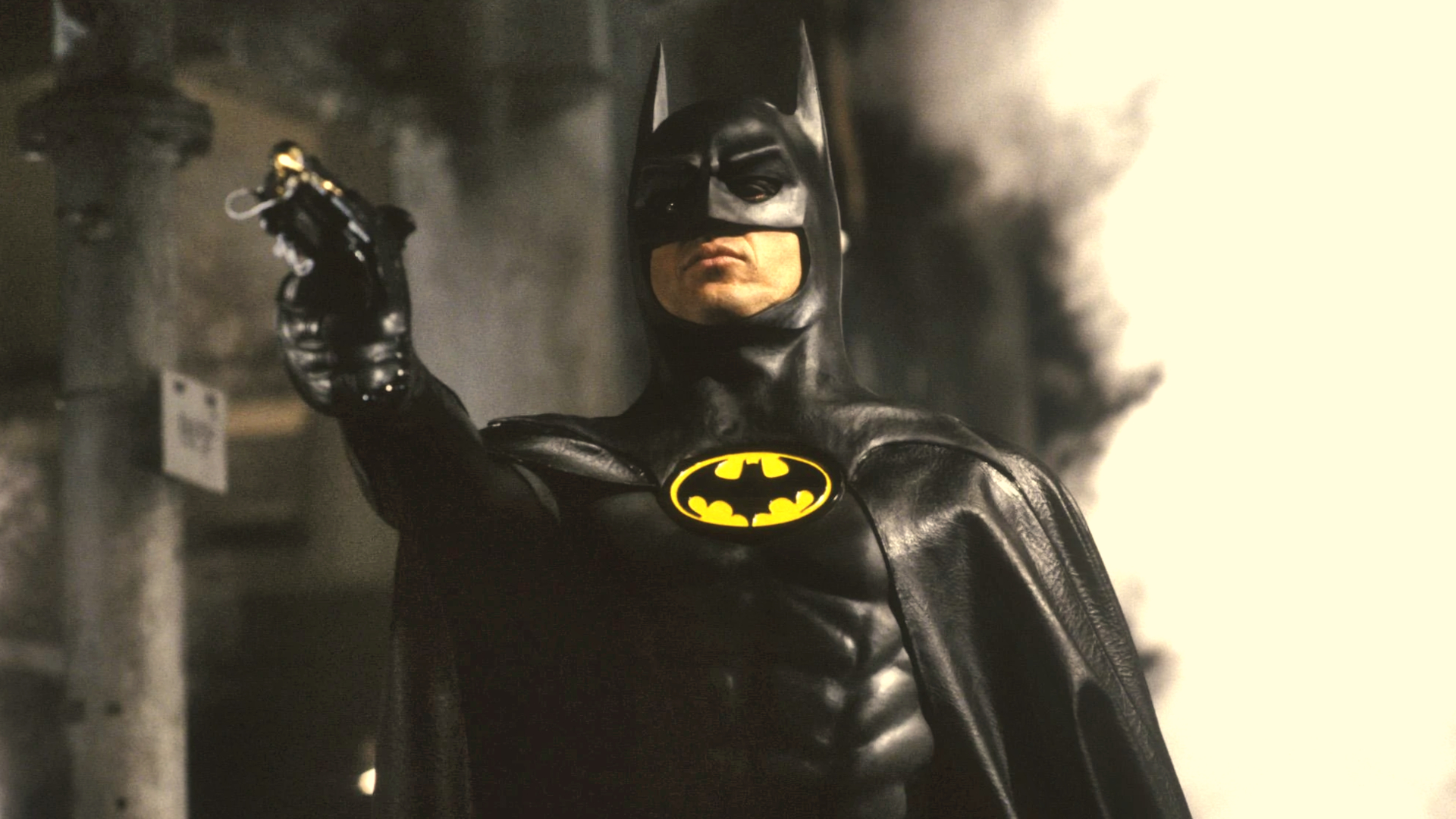Why Did Michael Keaton Stop Playing Batman in the ’90s?
And why is he coming back now?

Before there was Robert Pattinson and Christian Bale, ’80s and ’90s kids grew up with another iconic silver screen Batman actor: Michael Keaton. Keaton appeared in Tim Burton’s Batman and Batman Returns before departing from the role in Joel Schumacher’s 1995 follow-up, Batman Forever.
At the time, it seemed Keaton’s days as the caped crusader were done. That is, until it was confirmed that the star would return as Batman for the DCEU’s Batgirl and The Flash. So, why did Keaton pull out of the third Batman film, and why is he coming back now?
Keaton, Wayne, and creative differences
It turns out Keaton’s leave wasn’t an easy one. It all started after Warner Bros. felt Batman Returns was too dark for younger viewers and pushed for a lighter third film led by another director. Schumacher replaced Burton, who remained the film’s producer, and Keaton tried to stay on. But the lead star ultimately backed out.
Warner Bros. wasn’t ready to part ways with Keaton. The studio even offered a $15 million dollar counteroffer to keep him onboard. But it wasn’t Burton’s departure nor the money that led Keaton to step away as Bruce Wayne. He just didn’t like where the new script was taking Batman under Schumacher’s vision.
Keaton’s Batman is moody, brooding, and deeply serious. He strikes fear into his enemies, but he’s not gruff. He’s just the pinnacle of cool in the fray (well, for the most part). And while Wayne may seem tortured at home alone, he’s always eager to jump into action and save Gotham from its biggest foes. Batman Factor goes one step further and argues Wayne is nothing but a facade for the real person, Batman, ready for the bat signal to emerge at any moment so he can sweep into action.
That’s a sharp contrast from Batman Forever, which wanted to take the films back to the character’s comic roots and tone down Keaton’s darker take. The actor was highly invested in his depiction of Bruce Wayne’s personality and behavior, and he had a hard time dealing with the Forever script’s campier approach under Schumacher.
“I know the name of the movie is Batman, and it’s hugely iconic and very cool,” Keaton told Backstage’s podcast In the Envelope. “[But] I always knew from the get-go: It was Bruce Wayne. That was the secret. It was never [Batman]; it’s about Bruce Wayne: Who’s that guy? What kind of person does that? Who becomes that?”
Keaton initially tried to give some pushback, but he quickly found Schumacher was set on his vision. The two would ultimately part ways over the creative differences.
“He asked me—he said, ‘I don’t understand why everything has to be so dark and everything is so sad.’ And I went, ‘Wait a minute. Do you know how this guy got to be Batman?'” Keaton told In the Envelope. “I mean, it’s pretty simple!”
It wasn’t just Batman Forever’s tone that drove Keaton away from the role. As Den of Geek notes, he disliked the intense publicity that came with the role, aptly noting that “at some point, you’re a jerk” if you avoid cons. Which is arguably true.
Nonetheless, Keaton must have gotten over his con dilemmas, as he decided to return as an older Batman for this year’s The Flash and Batgirl. Ultimately, he credited the former’s script, arguing the writing was strong enough for him to return and that he “just jumped in and had fun.” Given Keaton is set to appear in Batgirl too, it’s likely he found the latter to his tastes as well.
So even if it took 30 years, Keaton got his wish after all: A proper return to form for his Bruce Wayne.
(Image: Warner Bros.)
Want more stories like this? Become a subscriber and support the site!
—The Mary Sue has a strict comment policy that forbids, but is not limited to, personal insults toward anyone, hate speech, and trolling.—
Have a tip we should know? tips@themarysue.com